Materials required: blackline templates, projector, whiteboard
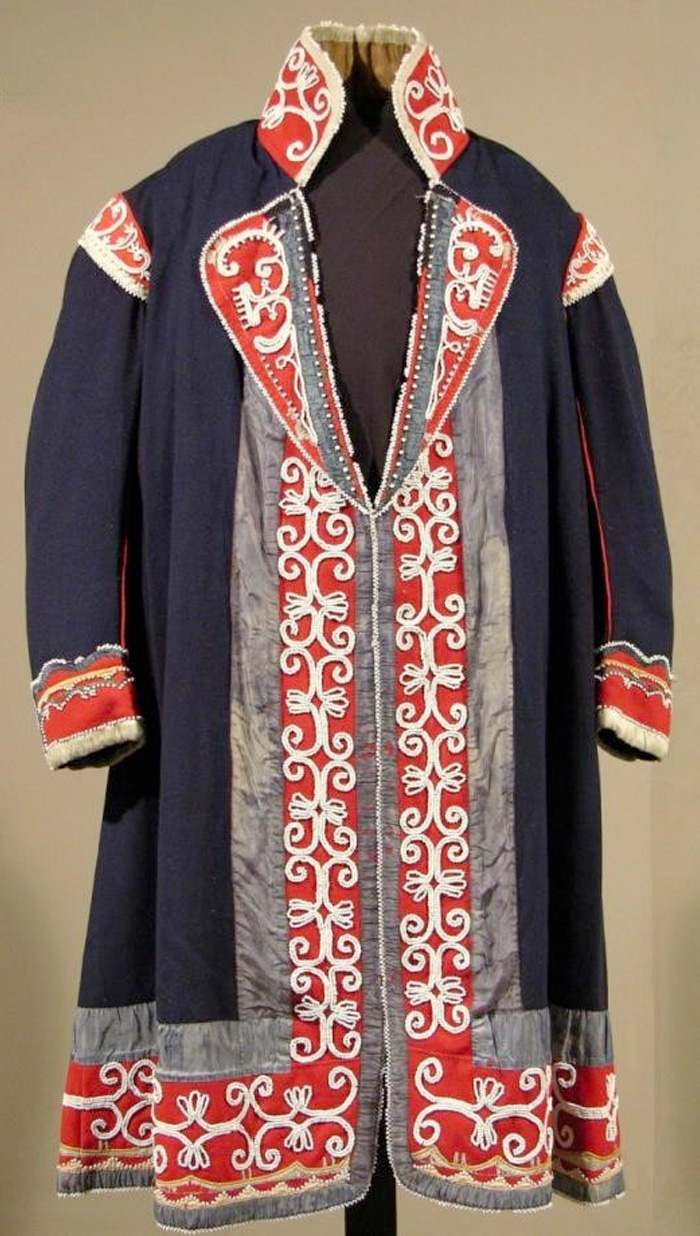
Have students view the video of George Paul speaking about the importance of Regalia on the Wolastoqewiyik and Mi’kmaq Culture Studies website Culture Studies Videos — Wabanaki Collection (Chapter Two, ‘Identity’). Then ask them what regalia is and what its importance is.
Now have students look at the man’s coat from 1825 kept in the New Brunswick Museum, shown above, and compare it with the regalia that George Paul was wearing.
- What do you think these coats are made of?
- Was George Paul’s coat completed all at one time? Why or why not?
- What people did it belong to?
- When and where do you think these coats would have been worn?
- Do Wolastoqewiyik, Mi’kmaq or Passamaquoddy wear coats like this today? When and where?
- Do you think that regalia would have been worn at Treaty signing events?
- Would only the Indigenous people be wearing regalia, or would the Europeans be wearing something equivalent? What might that be?
- What function would it serve?
Now read the following article to your students and show the photographs:
4 years in the making: re-creation of Wolastoqey regalia revealed at open house at New Brunswick College of Craft and Design (Sarah Letz, CBC)
(https://www.cbc.ca/news/canada/new-brunswick/new-brunswick-college-of-craft-and-design-open-house-first-nations-art-1.4591760)

The New Brunswick College of Craft and Design unveiled a re-creation of traditional Wolastoqey regalia, a project that was four years in the making.

The piece, which features an array of ornate beading, was completed with the help of several artists, said Charles Gaffney, who oversees the aboriginal visual arts program at the college, as well as several other courses.
“The hope today is to share with the broader community a little bit more about traditional Wolastoqey adornment, what we used to wear,” he said.

Gaffney, who is from Tobique First Nation, added that he wanted to highlight what the Wolastoqey wore versus what western First Nations communities wore.
“You see a lot of western influences at our pow-wows, and I want to get us back to… what did the Wolastoqey look like, how are they separate from the Mi’kmaq?” he said.
Below is a picture of regalia from the Metepenagiag (Metepna’kiaq) Pow Wow. Is it more like George Paul’s or Charles Gaffney’s? Would you say it is Mi’kmaw or Wolastoqey or from another culture? Show image to students on the whiteboard.

Now try drawing and colouring your own coat regalia using some of the designs you see below or try to create your design with the online animation.
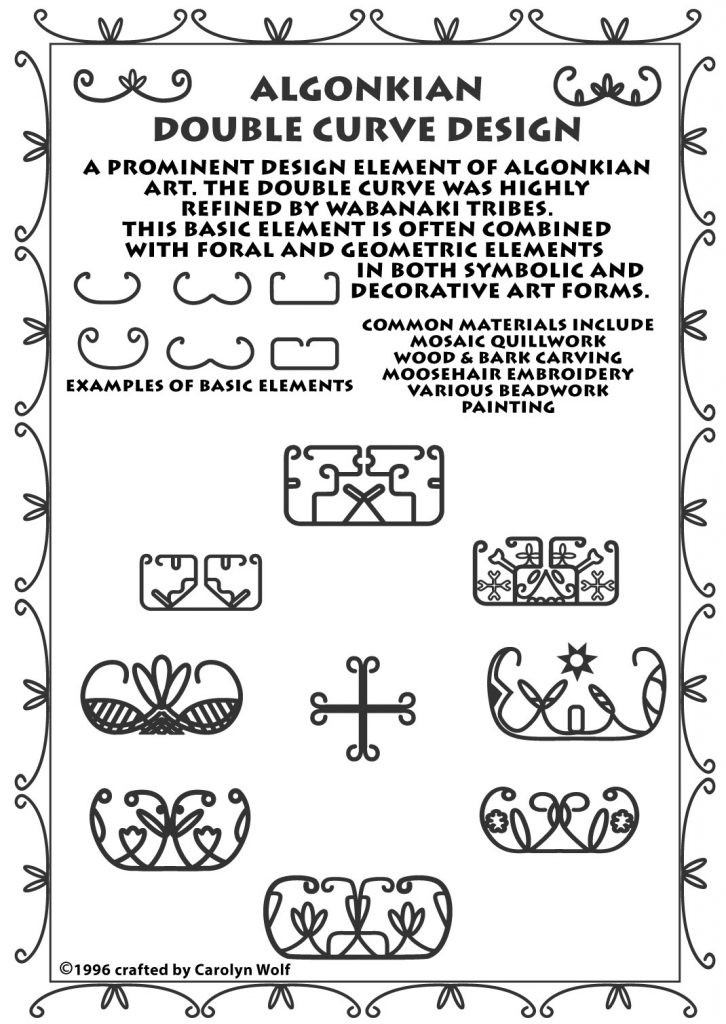
This is an introductory activity for understanding the importance and aesthetic value of wearing regalia. The second part is an activity designed specifically for First Nations schools. This animation focuses on regalia itself and not on the former restrictions on wearing regalia. It is intended to be primarily an arts exploration. With this in mind, there could be other animations or research projects suggested to students about the different types of dances and why they are performed (grass, jingles and friendship).
In this animation, examples of regalia and where and when it is worn are shown in ceremonies and at pow wows. Accompanying it is Elder George Paul’s ‘Honour Song’. As the song is presented to students in another part of the lesson, this is a good opportunity to learn it.
When beginning this animation, it is important that students also know the following information.
Wabanaki gatherings (Maweomi’l), for celebration, ceremony, governance, or treaty-making, have occurred for hundreds of years. However, once the Indian Act became law in 1876, there were many restrictions placed on First Nations’ social gatherings and right to conduct ceremonies. For example, potlatchs and cultural ceremonies were legally abolished. Another policy prevented Indigenous people from leaving their reserve without permission from an Indian Agent. From 19061-1951, the Indian Act forbade western Indigenous people from appearing in any public dance, show, exhibition, stampede or pageant wearing traditional regalia. Pow wows were forbidden and only began to be held again by Wabanaki in the last twenty years or so. A revision of the Indian Act in 1951 did start to change some of these restrictions. These changes were due to Canadians’ awareness of the atrocities of WWII and how the country’s own Indigenous people were being treated. The fact there were many Indigenous veterans added to the sense that Indigenous people should be ultimately considered for citizenship. As a result of this, some restrictions were loosened.
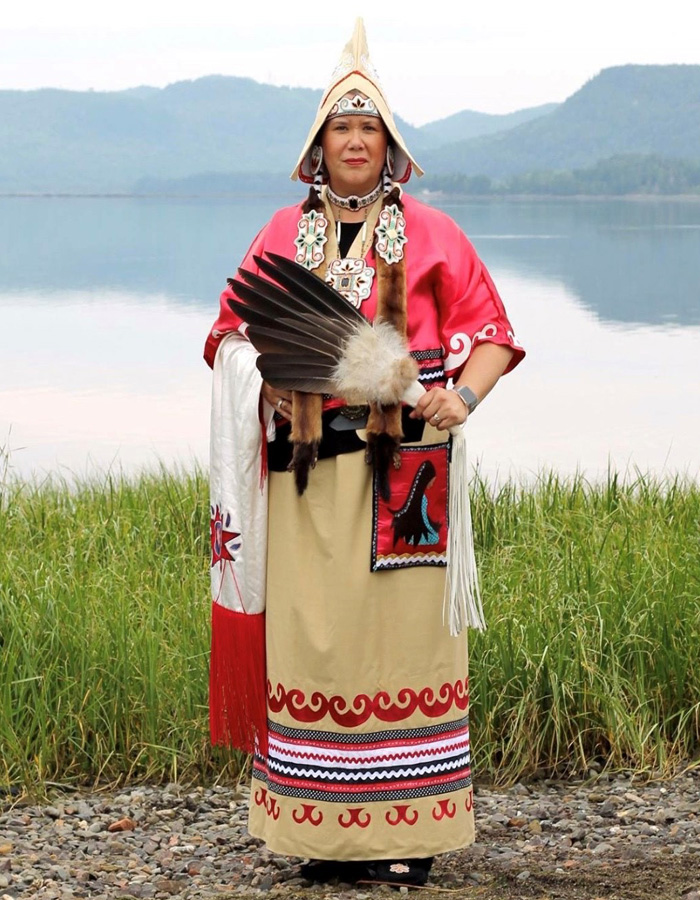
Part 1 – Recreating Regalia
Part 2 – Regalia Activity

To create your hat:
- Choose and select a colour for your hat.
- Choose and select a design and its colour. Drag the design to place it in the various squares reserved for it on the hat.
- Don’t hesitate to change the hat however you want to personalise it or make it more interesting.
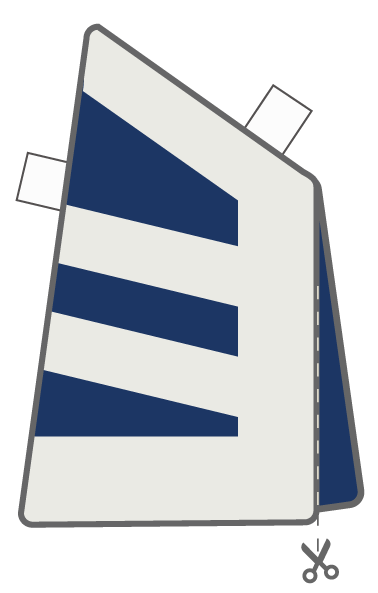
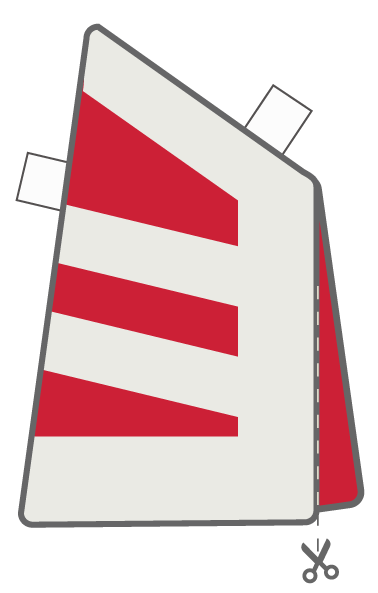
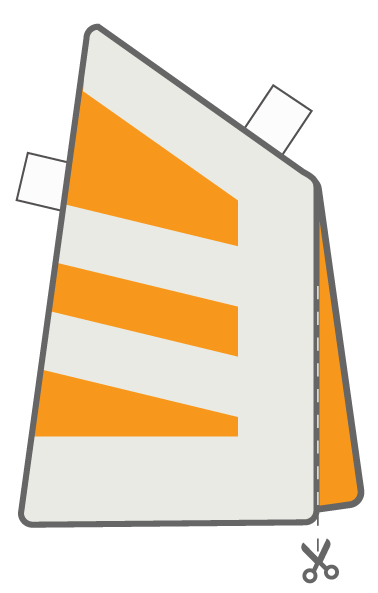










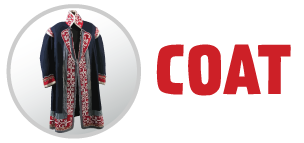
To create your coat:
- Choose and select a colour for your coat.
- Choose and select a design and its colour. Drag the design to place it in the various squares reserved for it on the coat.
- Don’t hesitate to change the coat however you want to personalise it or make it more interesting.
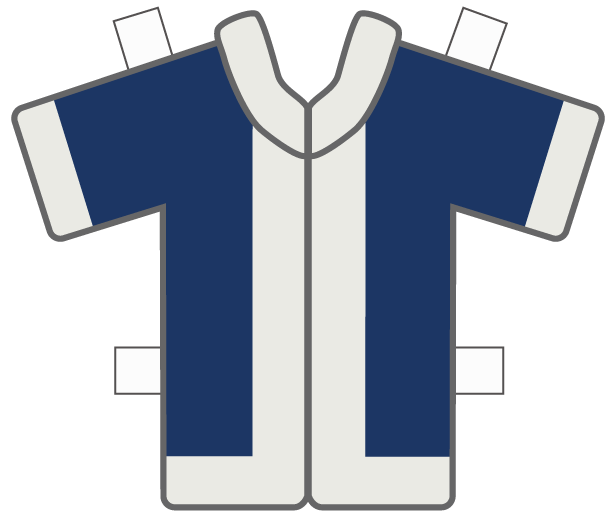
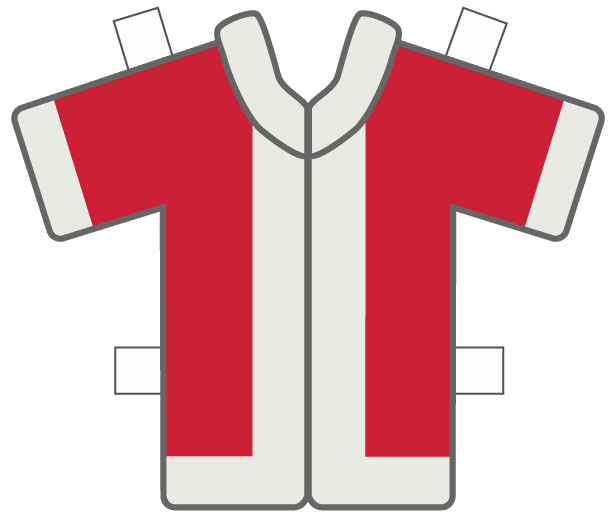
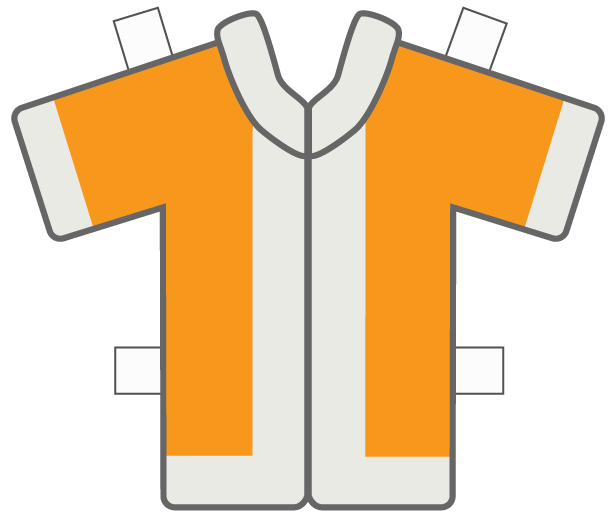










Extension
An art lesson called Pow Wow Figures is found in First Nation Art Plans Grade 5, Lesson 10 (New Brunswick Department of Education and Early Childhood Development).


